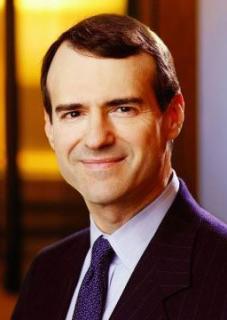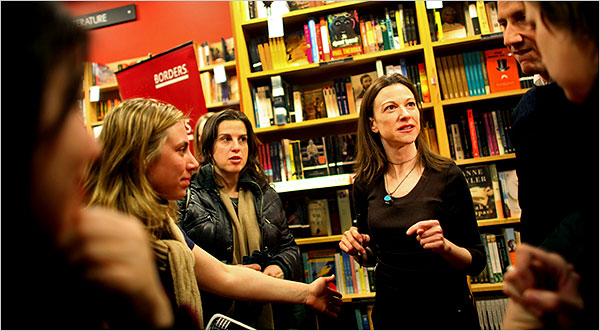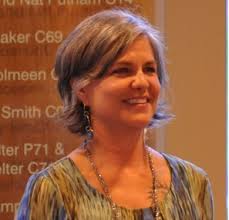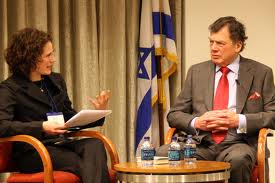In our new entertainment landscape, in which the dominant cultural forces are Netflix (for movies), its siblings like Hulu and HBO Go (for TV), Spotify (for music) and Amazon (for books and e-books), the concept of the bargain bin — a place where you could buy the cultural equivalent of ephemera, books and movies and music that had been judged too something to be worth full price — has been rendered obsolete.
In its place are three phenomena of the web. First, the existentially stultifying depth of the Netflix catalog and the back corridors of YouTube, places where you can encounter mysteries and marginalia so stupid and weird and amateurish that they make “Robot Monster” look like “Dr. Strangelove,” some of these delivered by the very algorithms designed to help you find “new” things to watch. Second, the phenomenon of videos spread virally, passed hand to online hand by people on Twitter and Facebook and Reddit and message boards. And third, the targeted schlock of Asylum Entertainment and its ilk, movies like “Atlantic Rim” that are whole-cloth rip-offs with deceptive titles designed to be watched inadvertently.
What’s changed, then, isn’t so much the stuff of the bargain bin, the art that rewards us with its ineptitude and obscurity. Instead, it’s the method of the discovery itself. In recent years, much of the meta-discussion over the state of the Internet has revolved around the messy word “curation,” which before the last decade or so mostly called to mind the arena of the art museum. Now it’s used when we talk about web influencers, people with followings who can single-handedly discover a video and give it life with a tweet or a blog post. It also refers to the gaggle of critics at sites like Pitchfork or Rotten Tomatoes who, in the slurry of content the Internet presents, happen to be the ones with the practical ability to carve out something resembling a quorum.
We, as in the public, are beholden to these people to some extent, because like Dante descending into hell, we need a Virgil to guide us through the terrors that are YouTube and worse (on the Internet, there’s always worse). There has been a severe hamstringing of our agency not only as consumers of art, but also as patrons. What we’ve made up for in efficiency, we’ve lost in potential, and that loss of potential — the feeling that boundaries exist on the artistic world — is immensely dissatisfying. We are becoming increasingly tethered to these algorithms and these influencers, and for a reason: What we’ve created, with the advent of almost unlimited access, is as close as the human race has ever come to the elimination of scarcity. There is still a cap on the amount of movies and TV and music out there waiting for us. But like the edges of space, it is something we’re never going to see.
Kevin Lincoln, “The Death of the Bargain Bin”, The New York Times Magazine (16 March 2014), 51.




